Home>Furniture & Design>Interior Design Trends>What Do You Need To Make Stained Glass
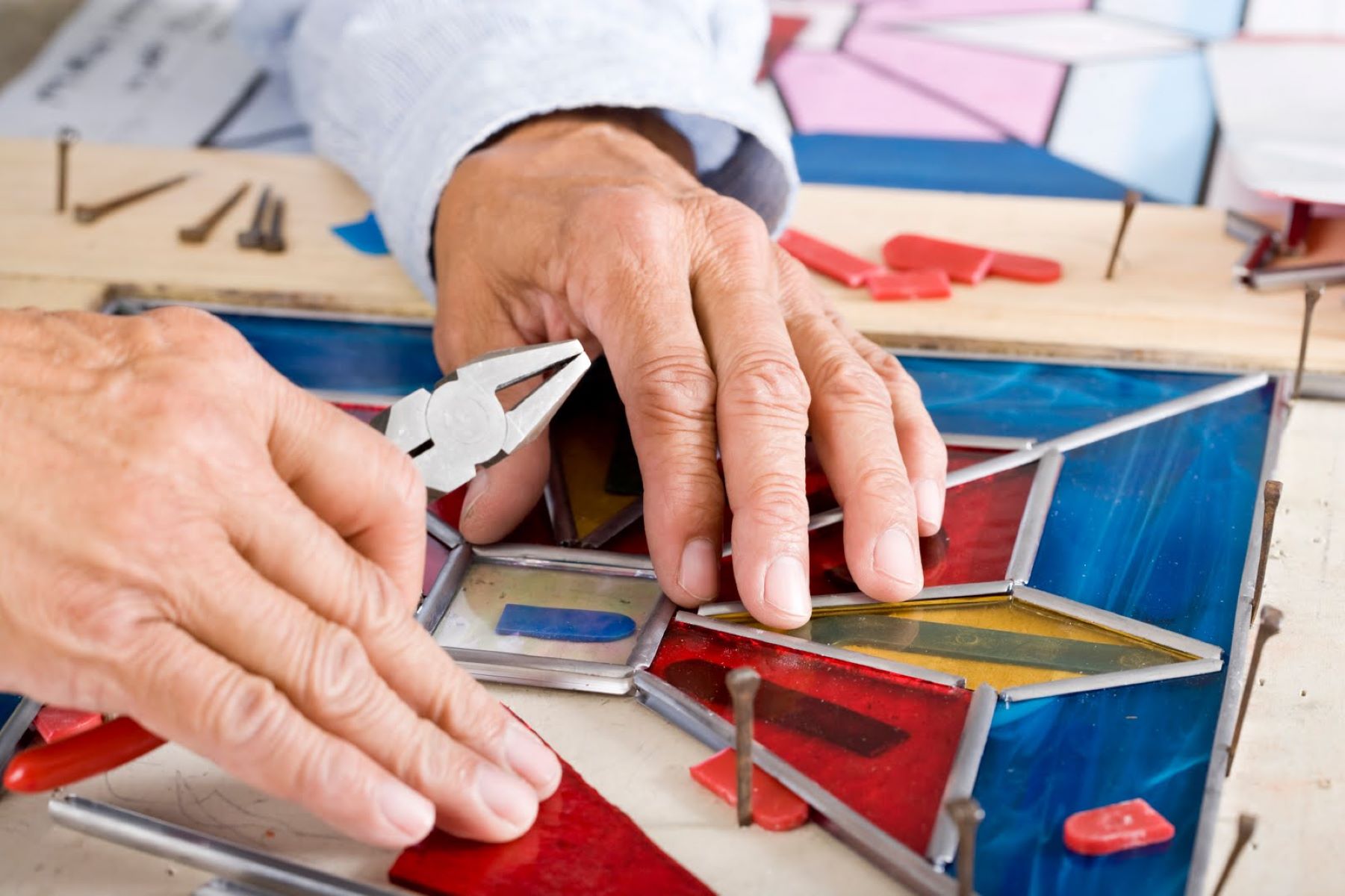

Interior Design Trends
What Do You Need To Make Stained Glass
Modified: February 18, 2024
Discover the essential tools and materials for creating stunning stained glass pieces. Explore the latest interior design trends for incorporating stained glass into your home. Unlock the secrets to making beautiful stained glass art.
(Many of the links in this article redirect to a specific reviewed product. Your purchase of these products through affiliate links helps to generate commission for Storables.com, at no extra cost. Learn more)
Introduction
Stained glass has been captivating people for centuries with its mesmerizing beauty and timeless elegance. This exquisite art form has adorned the windows of cathedrals, churches, and palaces, adding a touch of grandeur and color to these architectural marvels. Today, the allure of stained glass extends beyond religious and historical contexts, finding its place in modern interior design as a stunning decorative element.
Creating stained glass art is a deeply rewarding and immersive experience that allows artisans to blend creativity with craftsmanship. Whether you are a seasoned stained glass artist or a novice enthusiast eager to embark on this artistic journey, understanding the essential tools, materials, and techniques is crucial to achieving remarkable results.
In this comprehensive guide, we will delve into the world of stained glass artistry, exploring the fundamental elements required to create breathtaking stained glass pieces. From the essential tools and equipment to the meticulous steps involved in crafting stained glass, this article aims to provide valuable insights for both beginners and seasoned practitioners.
Embarking on the journey of creating stained glass art is a venture into the realm of creativity, precision, and patience. As we unravel the intricacies of this timeless craft, you will gain a deeper appreciation for the art of stained glass and the meticulous process that brings these radiant masterpieces to life. So, let's embark on this enchanting journey into the world of stained glass artistry, where imagination meets craftsmanship to produce awe-inspiring works of art.
Key Takeaways:
- Dive into the world of stained glass artistry with essential tools and materials, ensuring a safe and creative journey into this captivating craft.
- Uncover the meticulous steps of creating stunning stained glass art, from design to assembly, and embrace the timeless fusion of artistry and craftsmanship.
Read more: What Supplies Do You Need To Make Candles
Tools and Equipment
When venturing into the captivating realm of stained glass artistry, having the right tools and equipment is paramount to the success of your creative endeavors. From precision cutting to meticulous soldering, each step in the stained glass crafting process demands specialized tools that ensure accuracy and finesse. Here's a comprehensive overview of the essential tools and equipment required to embark on your stained glass journey:
1. Glass Cutter:
A high-quality glass cutter is the cornerstone of any stained glass workshop. These tools come in various types, including pistol grip and pencil grip, and are designed to score the glass accurately before breaking it along the scored line. Tungsten carbide wheel cutters are preferred for their durability and precision.
2. Glass Breaker/Grozer Pliers:
After scoring the glass, grozer pliers are used to break the glass along the scored line. These pliers feature serrated jaws that grip the glass securely, allowing for controlled breaking and shaping of the glass pieces.
3. Running Pliers:
Running pliers are indispensable for cleanly breaking the scored glass along the intended line. They exert even pressure along the score, facilitating a smooth and precise break, essential for achieving clean edges in stained glass pieces.
Read more: What Do You Need To Make Custom Rugs
4. Grinder:
A glass grinder is essential for shaping and smoothing the edges of glass pieces after cutting. It allows artisans to refine the shapes and ensure a perfect fit for assembling the stained glass panels.
5. Soldering Iron and Solder:
Soldering is a crucial step in stained glass assembly, where pieces of glass are joined together using a lead-tin solder. A temperature-controlled soldering iron with a variety of interchangeable tips is essential for achieving strong and neat solder joints.
6. Foiling Tools:
Copper foil is used to wrap around the edges of the glass pieces before soldering. Foiling tools, including a fid or burnisher, are essential for securely wrapping the glass with foil, ensuring a tight and uniform fit for soldering.
7. Safety Equipment:
Working with glass and soldering materials requires the use of safety equipment such as safety glasses, gloves, and a well-ventilated workspace to protect against potential hazards.
8. Work Surface:
A dedicated work surface, such as a sturdy workbench or a specialized glass work table, provides a stable and spacious area for cutting, grinding, and assembling stained glass pieces.
Equipped with these essential tools and equipment, you are poised to embark on your stained glass journey with confidence and precision. Each tool plays a crucial role in the intricate process of creating stunning stained glass art, ensuring that your artistic vision is brought to life with finesse and craftsmanship.
Materials
The selection of materials is a pivotal aspect of creating exquisite stained glass art. From a vibrant spectrum of glass types to essential consumables, each material contributes to the visual impact and structural integrity of the final masterpiece. Let's explore the diverse array of materials essential for crafting stunning stained glass art:
1. Glass:
The heart of any stained glass creation, the choice of glass significantly influences the aesthetic appeal of the artwork. Stained glass artists have access to a myriad of glass types, including cathedral, opalescent, and textured glass, each offering unique visual effects. Cathedral glass, known for its transparent and uniform color, is ideal for creating intricate designs, while opalescent glass, with its milky and translucent appearance, adds depth and character to the artwork. Textured glass, featuring diverse patterns and surface treatments, introduces tactile and visual interest to the composition.
2. Copper Foil:
Copper foil, available in various widths, is an indispensable material for wrapping the edges of glass pieces before soldering. This thin adhesive copper tape allows for precise and uniform coverage of the glass edges, ensuring a secure bond during the soldering process.
Read more: What Do You Need For A Picnic
3. Solder:
Solder, typically a lead-tin alloy, serves as the bonding agent that joins the individual glass pieces together. It is available in different diameters and is crucial for creating strong and durable connections between the glass elements.
4. Flux:
Flux is a chemical compound used in conjunction with solder to facilitate the flow of molten solder and ensure proper adhesion between the glass and the foil. It also helps prevent oxidation during the soldering process, resulting in clean and robust solder joints.
5. Patina:
Patina is a chemical solution applied to the solder lines after the completion of the soldering process. It serves to darken the solder lines, enhancing the contrast and visual impact of the stained glass artwork. Additionally, patina provides a protective layer, safeguarding the solder from corrosion and environmental factors.
6. Glass Cleaner:
Maintaining the pristine appearance of stained glass art requires a high-quality glass cleaner. This essential material aids in removing residual flux, patina, and general debris, ensuring that the finished piece radiates its full brilliance.
Read more: What You Need To Make A Quilt
7. Design Templates:
While not a consumable material, design templates are indispensable for creating precise and consistent shapes in stained glass art. These templates serve as guides for cutting and assembling the glass pieces, enabling artists to achieve accuracy and uniformity in their designs.
8. Protective Backing:
For stained glass pieces intended for window installation, a protective backing material, such as zinc or copper came, provides structural support and reinforcement. This backing ensures the stability and longevity of the stained glass panel when installed in architectural settings.
The meticulous selection and utilization of these materials are fundamental to the creation of captivating stained glass art. Each material, from the glass itself to the consumables, contributes to the artistic vision and enduring beauty of the final masterpiece. With a keen understanding of these essential materials, artisans can embark on their stained glass endeavors with confidence and creativity, bringing their artistic visions to life with unparalleled splendor.
Safety Precautions
Ensuring a safe working environment is paramount when engaging in the art of stained glass creation. The nature of working with glass, sharp tools, and soldering equipment necessitates a vigilant approach to safety. Implementing the following precautions is essential to safeguarding oneself and others during the stained glass crafting process:
-
Protective Gear: Prioritize the use of safety glasses to shield the eyes from glass shards and potential debris generated during cutting and grinding. Additionally, wearing gloves provides protection against cuts and abrasions, especially when handling sharp glass edges and using tools such as glass cutters and pliers.
-
Ventilation: Adequate ventilation is crucial when soldering, as the process releases fumes that can be harmful if inhaled. Working in a well-ventilated area or utilizing a fume extractor helps mitigate the inhalation of soldering fumes, promoting a healthier workspace.
-
Workspace Organization: Maintain a tidy and organized workspace to minimize the risk of accidents. Properly store tools and materials when not in use, and ensure that the work area is free from clutter to prevent tripping hazards and accidental injuries.
-
Fire Safety: Exercise caution when using soldering irons, as they generate high temperatures that can pose a fire hazard. Keep a fire extinguisher within reach and be mindful of flammable materials in the vicinity of the soldering station.
-
Proper Tool Handling: Adhere to safe handling practices when using glass cutters, pliers, and soldering irons. Always handle tools with care, and store them in designated areas to prevent accidental contact and injuries.
-
First Aid Preparedness: Have a well-equipped first aid kit readily available in the workspace. In the event of minor cuts or burns, prompt access to first aid supplies ensures immediate treatment and mitigates the impact of potential injuries.
-
Training and Education: Prior to engaging in stained glass crafting, familiarize yourself with the proper techniques and safety protocols. Attending workshops or seeking guidance from experienced artisans can provide valuable insights into safe practices and risk mitigation strategies.
By prioritizing safety precautions throughout the stained glass crafting process, artisans can create a secure and conducive environment for artistic expression. These measures not only protect against potential hazards but also foster a sense of confidence and assurance, allowing artisans to channel their creativity without compromising their well-being.
Basic Steps for Making Stained Glass
Creating stunning stained glass art is a meticulous and rewarding process that unfolds through a series of precise and artful steps. From selecting the glass to assembling and finishing the masterpiece, each stage requires patience, skill, and a keen eye for detail. Let's embark on a journey through the fundamental steps involved in making exquisite stained glass art:
-
Design and Pattern Selection: The creative process begins with conceptualizing the design and selecting a pattern for the stained glass artwork. Whether drawing inspiration from nature, geometric motifs, or abstract compositions, the design phase sets the artistic direction for the project. Design templates or patterns serve as guides for cutting and assembling the glass pieces, ensuring accuracy and cohesion in the final composition.
-
Glass Selection and Cutting: With the design in place, the next step involves selecting the appropriate types and colors of glass for the artwork. Each glass piece is meticulously cut according to the pattern, using a glass cutter to score the glass and specialized tools such as grozer and running pliers to break and shape the pieces. Precision cutting is essential to achieving clean edges and seamless fits for the assembled artwork.
-
Grinding and Fitting: Following the cutting process, the edges of the glass pieces are refined and smoothed using a glass grinder. This step ensures that the individual glass elements fit together seamlessly, allowing for precise assembly without gaps or irregularities. The grinding process also facilitates the adjustment of shapes to achieve the desired aesthetic and structural integrity.
-
Foiling and Soldering: Once the glass pieces are cut and ground, they are meticulously wrapped with copper foil, which adheres to the edges of the glass. The foiled pieces are then arranged according to the design, ready for the soldering process. Soldering, a delicate and precise technique, involves joining the foiled glass pieces using a soldering iron and lead-tin solder. This step creates strong and durable bonds, uniting the individual glass elements into a cohesive artwork.
-
Cleaning and Patina Application: After soldering, the stained glass artwork undergoes thorough cleaning to remove flux residue and any impurities. Once cleaned, a patina solution is carefully applied to the solder lines, enhancing the contrast and visual impact of the artwork. The patina also serves to protect the solder from corrosion, ensuring the longevity and resilience of the finished piece.
-
Final Inspection and Display: With the artwork assembled and finished, a meticulous inspection is conducted to ensure the structural integrity and visual appeal of the stained glass creation. Any final adjustments or touch-ups are made before the artwork is ready for display. Whether intended for window installation, decorative panels, or artistic installations, the finished stained glass art is a testament to the artisan's skill and creative vision.
Embarking on the journey of creating stained glass art is a testament to the fusion of artistry and craftsmanship. Each step in the process, from design to assembly, demands precision and dedication, culminating in the creation of timeless and captivating stained glass masterpieces.
Read more: What Do You Need For A Kegerator
Conclusion
In conclusion, the art of creating stained glass is a captivating journey that intertwines artistic vision with meticulous craftsmanship. From the careful selection of materials to the precise execution of cutting, foiling, and soldering, each step in the process contributes to the creation of timeless and breathtaking stained glass art.
As artisans embark on this creative odyssey, they immerse themselves in a world where color, light, and form converge to evoke emotions and inspire awe. The allure of stained glass transcends mere aesthetics, as it holds the power to transform spaces, infusing them with an ethereal luminosity and a sense of enchantment.
The process of making stained glass is not merely a technical endeavor; it is a narrative woven through the interplay of textures, hues, and patterns. It is a testament to the artisan's dedication to preserving a centuries-old tradition while infusing it with contemporary creativity and expression.
Furthermore, the art of stained glass serves as a bridge between the past and the present, connecting us to the rich heritage of craftsmanship while offering boundless opportunities for innovation and personal expression. It is a medium through which stories are told, emotions are conveyed, and beauty is immortalized in radiant hues.
As we reflect on the journey of creating stained glass, we are reminded of the profound impact of art on our surroundings and our lives. Whether adorning the windows of a historic cathedral, gracing the interiors of modern architectural marvels, or enriching private residences with its splendor, stained glass stands as a testament to the enduring allure of human creativity.
In essence, the art of stained glass is a celebration of beauty, craftsmanship, and the timeless allure of light dancing through vibrant hues. It is a testament to the enduring legacy of artisans who, through their dedication and skill, continue to enrich our world with the mesmerizing artistry of stained glass.
As we conclude this exploration of stained glass artistry, we are reminded that the beauty of stained glass transcends its physical form; it resonates with the human spirit, inviting us to behold the world through a kaleidoscope of color and wonder.
Frequently Asked Questions about What Do You Need To Make Stained Glass
Was this page helpful?
At Storables.com, we guarantee accurate and reliable information. Our content, validated by Expert Board Contributors, is crafted following stringent Editorial Policies. We're committed to providing you with well-researched, expert-backed insights for all your informational needs.


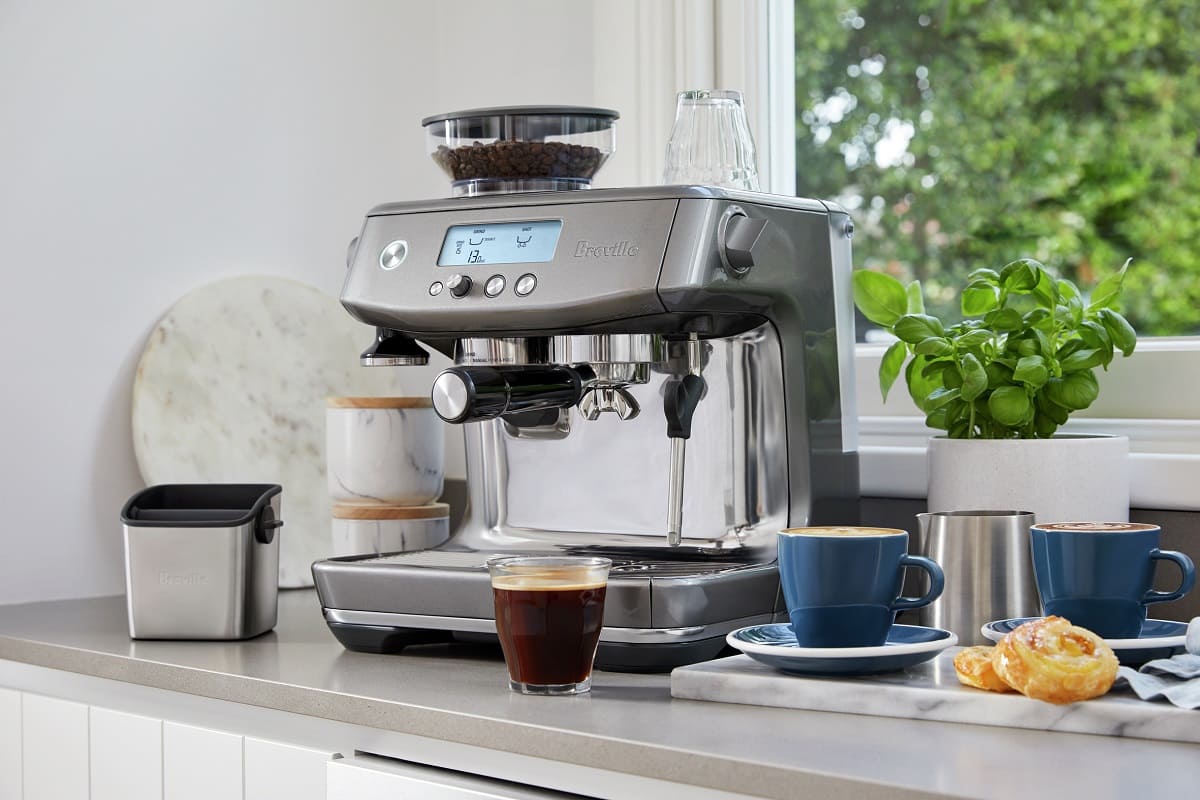


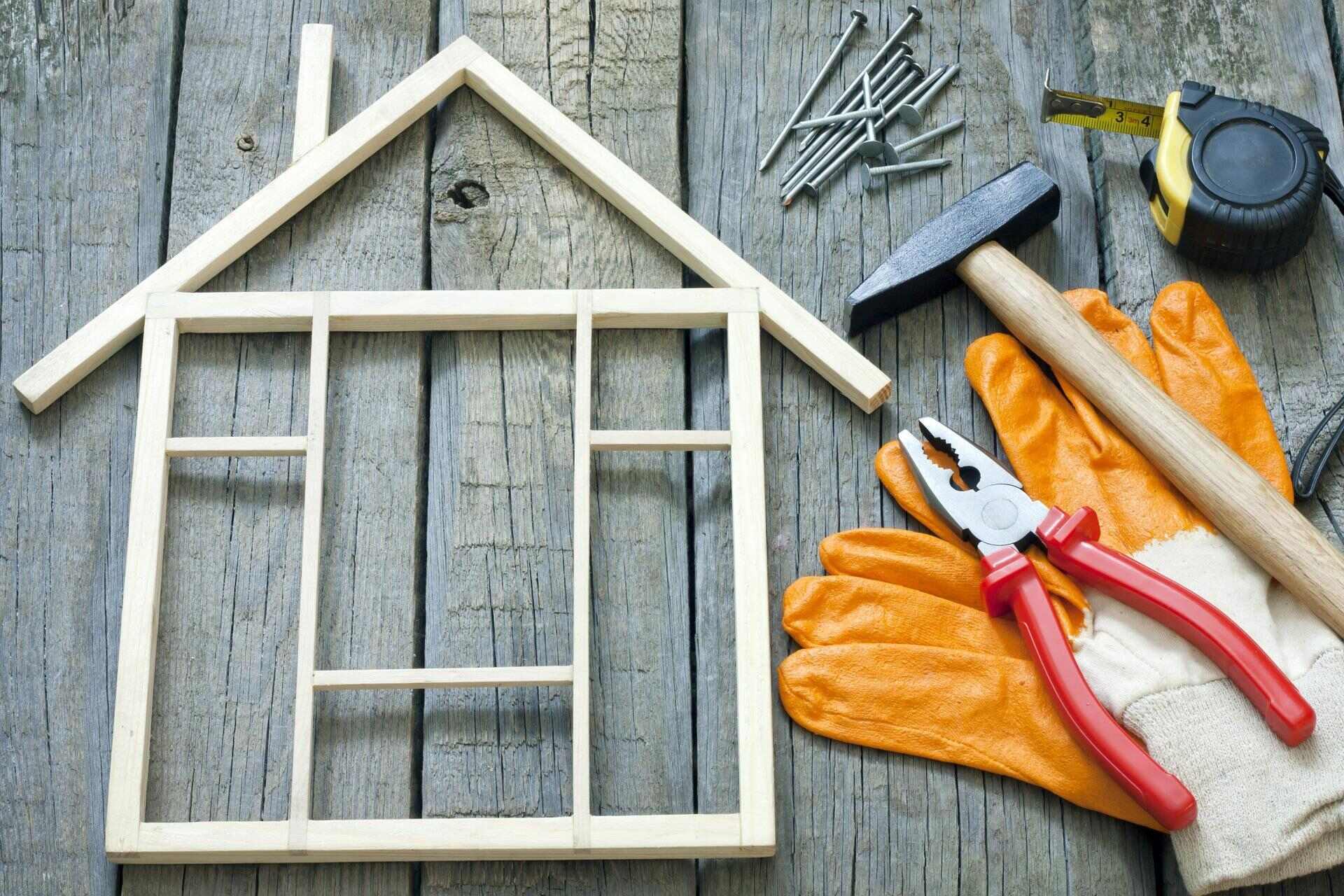
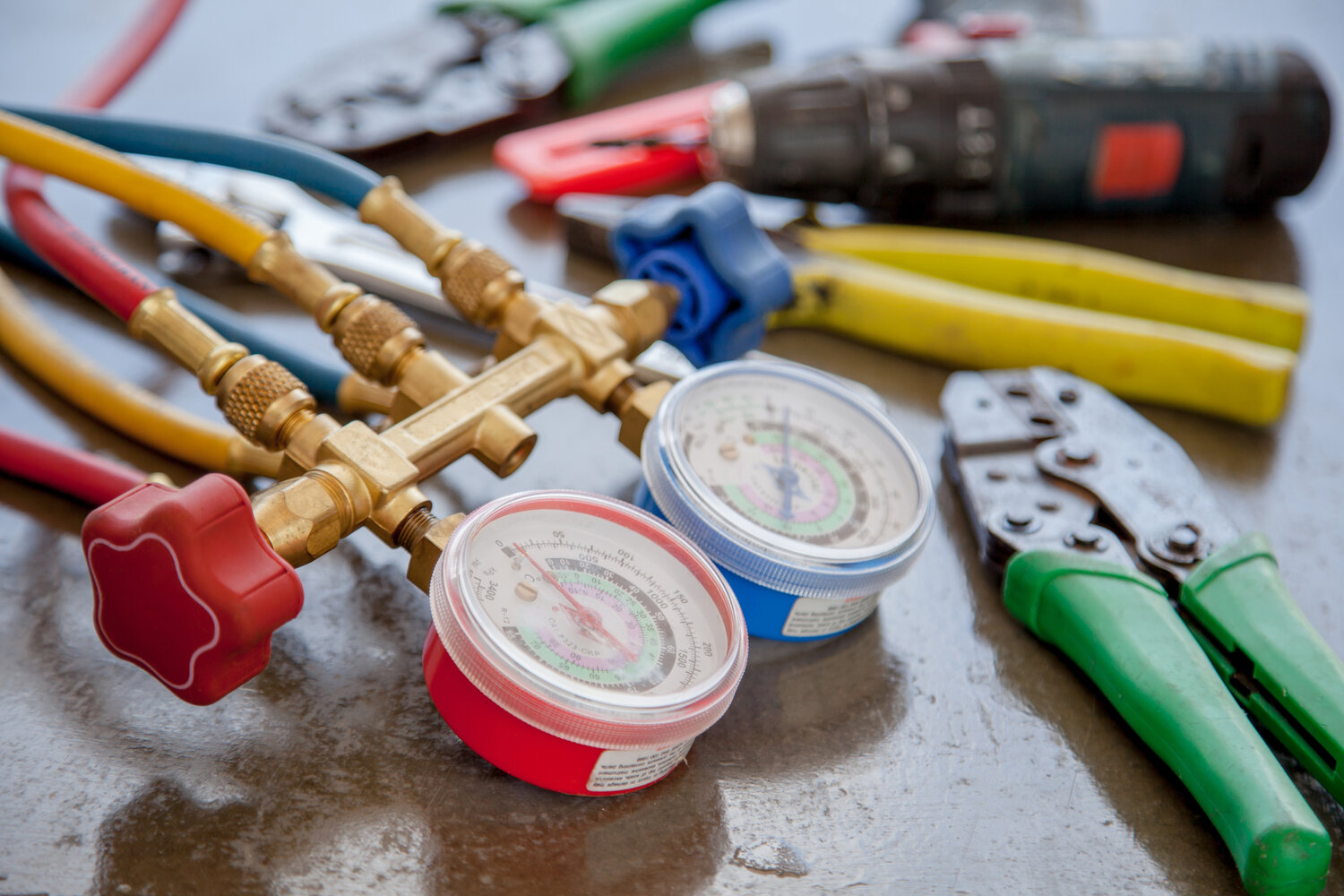
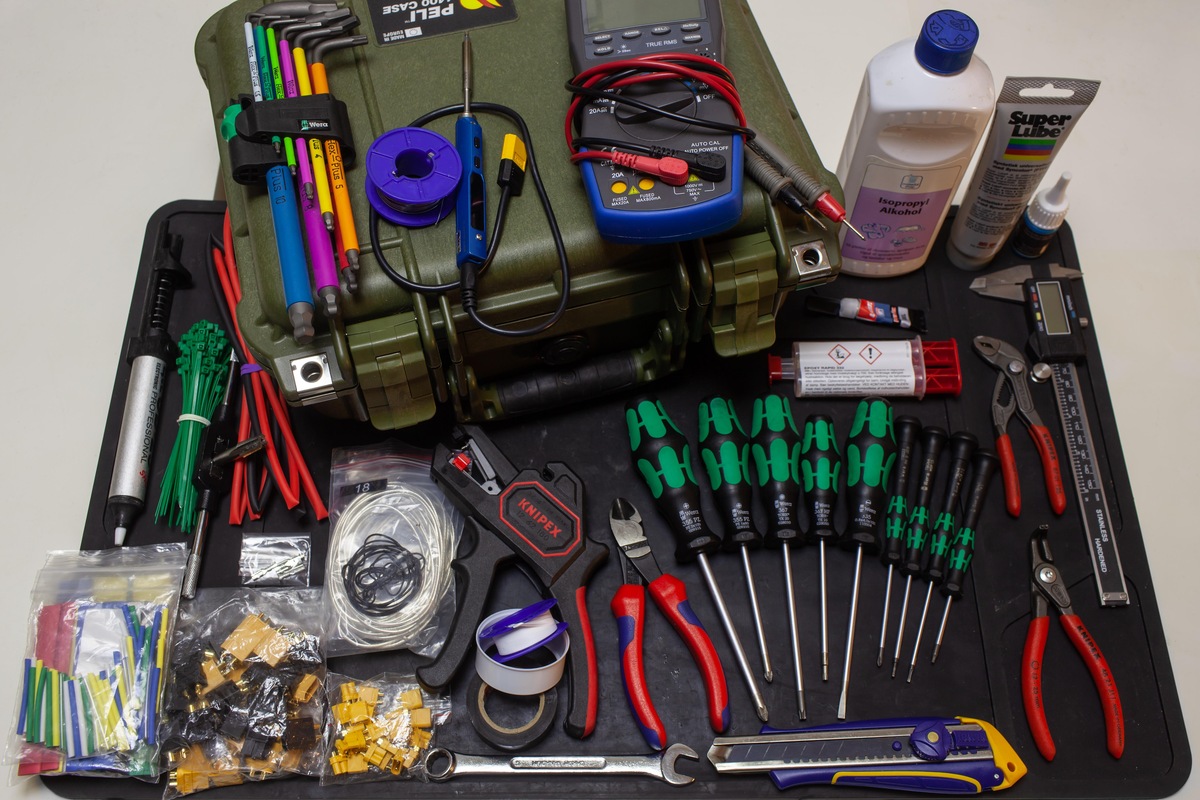

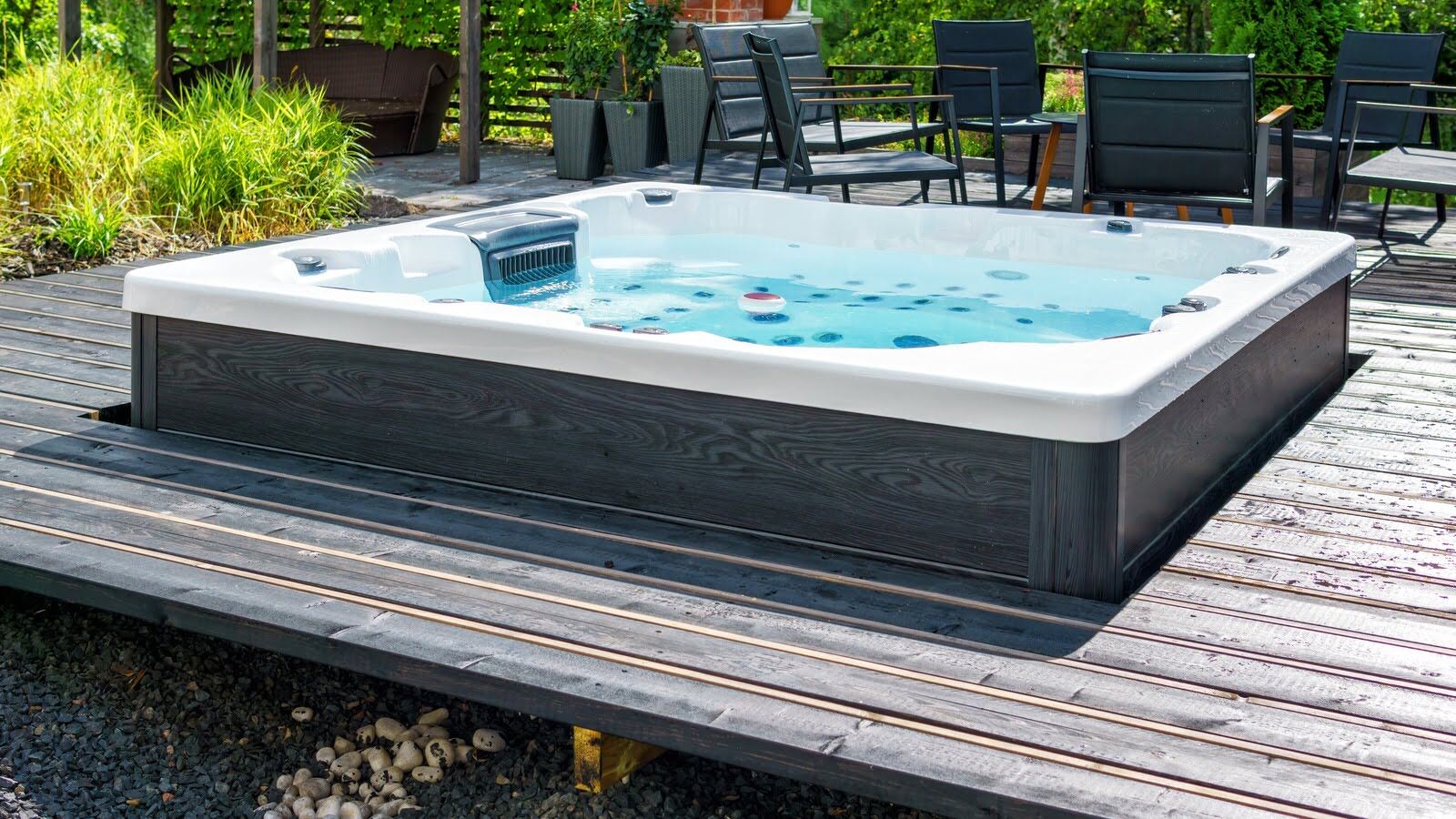

0 thoughts on “What Do You Need To Make Stained Glass”